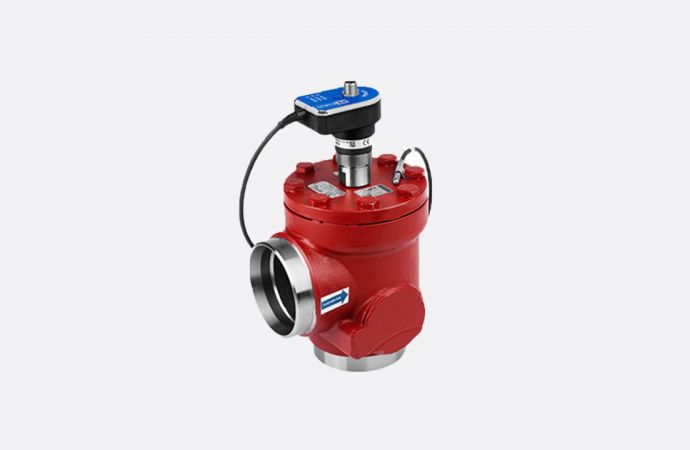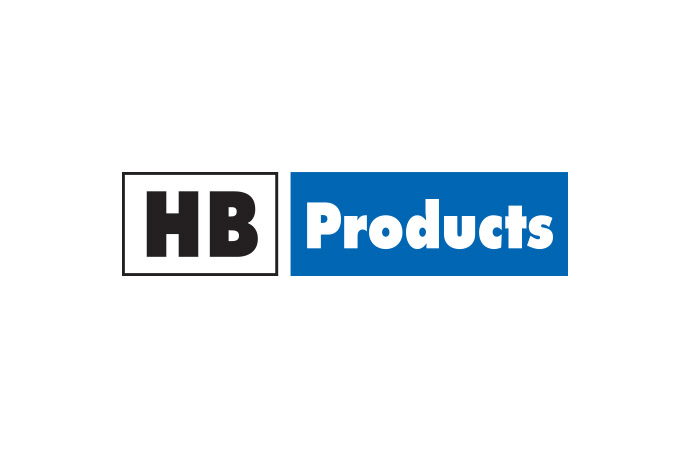The results are from a German study, which also saw significant improvements of COP in both full and part loads.

HB Products vapor quality control sensor in strainer housing. Credit: HB Products.
Chiller operators can achieve significant seasonal energy performance ratio (SEPR) improvements by replacing traditional superheat controllers with vapor quality controllers — up to 46%, according to Danish component manufacturer HB Products.
The vapor quality sensors “can measure the content of liquid in the gas leaving the evaporator,” HB Products explained in a post on its website. “When controlling the expansion valve based on the vapor quality, superheat can be eliminated and the heat transfer improved, which improves the COP,” HB Products said.
In addition to the 46% improvement of the SEPR, the experiments also saw improvements in Coefficient of Performance (COP). In full load the vapor quality controllers saw a respectable 21% improvement of the COP, from 3.9 to 4.7. However, it was in part load the vapor quality controllers really showed their worth. In part load, the COP increased from 6.9 to 10.5, a massive 51% increase.
The yearly energy consumption decreased from 91MWh to 63MWh. This equals €3,350 based on the average EU electricity price for non-consumers (0.12€/kWh), according to HB Products. “Looking over a 10 year period the savings are in the same magnitude as the cost price for the complete chiller,” the company stated.
The study design
The results were obtained in a study at Karlsruhe University in Germany, looking at a 100kW (28.4TR) ammonia (R717/NH3) direct expansion chiller built by a masters student, and equipped with both control systems to enable accurate comparisons between the two methods. The chiller can then be switched between the two control systems to measure the difference.
The chiller was designed with two plate heat exchangers operating as evaporator and condenser. The charge for the 100kW capacity is 4kg (8.8lbs) ammonia, and the output temperature from the chiller is 12/7°C. The tests have been carried out in accordance with the 2016/2281 regulations of the EU Ecodesign directive.
“The requirements for complying to the Ecodesign directive for a smaller chiller with water cooling is a SEPR larger than 6.5 until 2021, and 7 from 2022 onwards,” HB Products explained. “This means the tested chiller comply with the Ecodesign requirements when using the vapor quality control but not when using the conventional control system.”
The tested chiller comply with the Ecodesign requirements when using the vapor quality control but not when using the conventional control system,” - HB Products
Want to find out more, or have something to say about this story? Join the ATMOsphere network to meet and engage with like-minded stakeholders in the clean cooling and natural refrigerant arena.
Related stories




